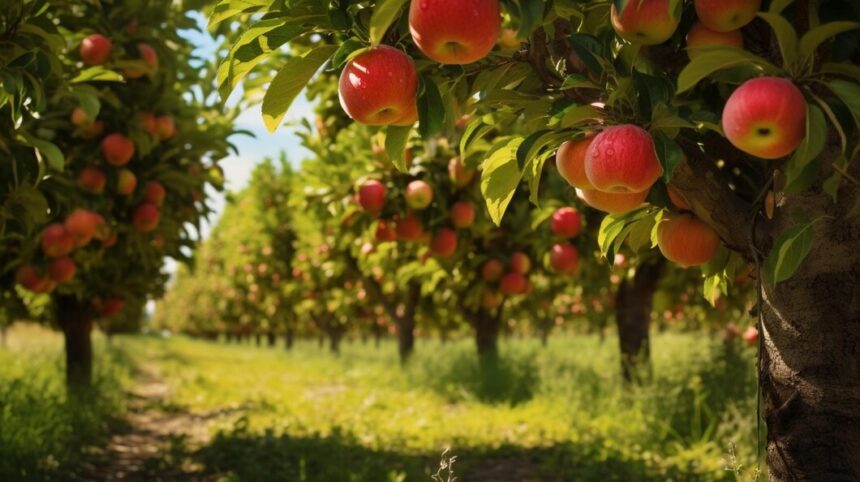Fruit tree cultivation is a vital component of South Africa’s agricultural landscape, contributing significantly to both domestic consumption and export markets. To maximize productivity and ensure high-quality yields, farmers can adopt several advanced techniques. Here are 10 techniques that South African farmers can apply for successful fruit tree cultivation:
1. Selecting the Right Varieties
Choosing the appropriate fruit tree varieties for the local climate and soil conditions is crucial. Farmers should consider factors such as temperature tolerance, drought resistance, and disease resistance. Consulting local agricultural extension services can provide valuable insights into the best varieties for specific regions.
2. Soil Preparation and Fertilization
Proper soil preparation is essential for healthy tree growth. This involves deep tilling to improve soil structure, removing weeds, and incorporating organic matter to enhance fertility. Regular soil testing can help determine nutrient deficiencies, allowing for precise fertilization strategies that ensure optimal tree health and fruit production.
3. Irrigation Management
Efficient irrigation is critical, especially in South Africa’s diverse climate zones. Drip irrigation systems are highly effective, delivering water directly to the tree roots and reducing wastage. Farmers should also monitor soil moisture levels and adjust irrigation schedules to match the specific needs of their fruit trees throughout the growing season.
4. Pruning and Training
Pruning and training fruit trees help to shape the tree, remove dead or diseased wood, and promote better air circulation. These practices also improve light penetration, leading to better fruit quality and yield. Pruning should be done during the dormant season, and techniques such as open-center, central leader, or trellising can be applied based on the type of fruit tree.
5. Integrated Pest Management (IPM)
IPM is a sustainable approach to managing pests and diseases. It involves regular monitoring, the use of biological controls (such as beneficial insects), cultural practices (like crop rotation and sanitation), and the judicious application of chemical controls when necessary. IPM reduces reliance on pesticides and promotes a healthier orchard ecosystem.
6. Pollination Management
Ensuring adequate pollination is vital for fruit set and yield. Farmers can improve pollination by planting compatible varieties, using bee-friendly practices, and placing beehives in orchards. Maintaining a diverse habitat with flowering plants can also attract and support pollinators.
7. Canopy Management
Proper canopy management enhances light distribution within the tree, improving photosynthesis and fruit quality. Techniques such as thinning (removing excess fruit) and summer pruning (to manage vigorous growth) can help balance vegetative growth and fruit production.
8. Mulching
Applying mulch around the base of fruit trees helps conserve soil moisture, suppress weeds, and regulate soil temperature. Organic mulches, such as straw, wood chips, or compost, also decompose over time, adding nutrients to the soil and improving its structure.
9. Frost Protection
Frost can cause significant damage to fruit trees, especially during flowering and fruit set. Farmers can employ several frost protection techniques, such as using wind machines to circulate air, applying water (which releases heat as it freezes), and covering trees with frost cloths. Selecting frost-tolerant varieties is also a proactive measure.
10. Harvesting Techniques
Proper harvesting techniques are essential to ensure fruit quality and reduce post-harvest losses. Fruits should be picked at the correct maturity stage and handled carefully to avoid bruising. Using appropriate tools and containers, and training workers in best practices, can improve the efficiency and quality of the harvest.
By implementing these techniques, South African farmers can enhance their fruit tree cultivation practices, leading to healthier trees, higher yields, and better-quality fruit. Adopting a holistic approach that integrates soil health, irrigation, pest management, and proper harvesting can significantly boost productivity and sustainability in fruit orchards. Embracing these methods will help ensure that South Africa remains a leading player in the global fruit market, providing high-quality produce both locally and internationally.
Join 'Farmers Mag' WhatsApp Channel
Get the latest Farming news and tips delivered straight to your WhatsApp
CLICK HERE TO JOIN






